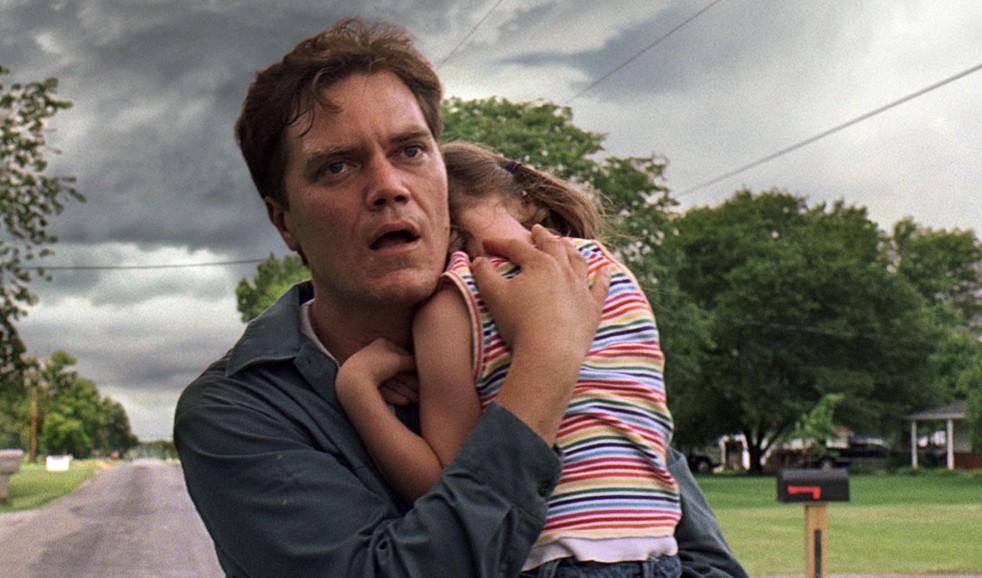
A good director can absorb the best of their actors in service of the film, but a great director is the one that makes actors in their roles unimaginable to be replaced by any other actor. Not because they are great actors, or because the role is written for them, but because the frequent collaboration between actors and directors create this subconscious bond in the director’s mind, making them able to fit a certain actor to a certain role even if no one else can see it.
This strong bond between actors and directors can be more than just in front of and behind the camera; some directors can give birth to acting greatness that the actors themselves didn’t know they had. It’s all about the vision, and one of the things that define great directors is their ability to choose actors and create this bond over time, whether in one film or across multiple projects. Here’s a list of 10 great non-mainstream collaborations that are more than just “typical” acting and directing jobs:
1. François Truffaut – Jean-Pierre Léaud (1959 – 1979)
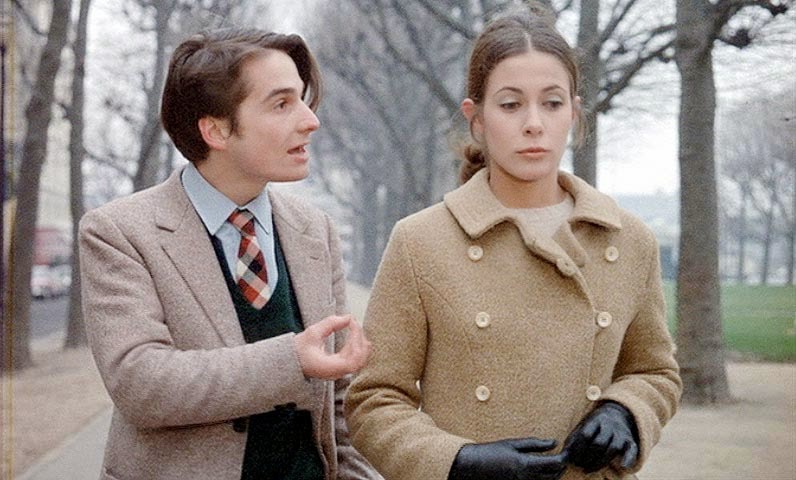
Number of Collaborations: 7
Most Known: “Two English Girls”, “The 400 Blows” & “Stolen Kisses”
The name Antoine Doinel shall always be one of the most significant fictional characters in the history of French and world cinema, conceived by François Truffaut and portrayed by Jean-Pierre Léaud in four feature films and one short film. The character, as Truffaut described it, is his own alter ego, and Jean-Pierre Léaud was the one to express Truffaut’s thoughts and unconventional ideas. It started with “The 400 Blows” in 1959, the film that declared a new era of French cinema, the “Nouvelle Vague,” written and directed by Truffaut and starring Léaud at the age of 14 as this clumsy troublesome kid.
Léaud became one of the most significant figures in film history and one of the faces that defined the movement. From there, a long collaboration began between Truffaut and Léaud, giving birth to the underrated forgotten sequel to “The 400 Blows,” “Stolen Kisses,” “Bed & Board,” “L’amour en fuite,” and the short segment film “Antoine et Colette,” which all stars Léaud as an adult.
He had this eccentric awkward style in his acting; he wasn’t a devoted basic actor who stuck to the script like everyone else, his performances were a mix of improvisations and outtakes, a unique and different approach to his roles that came from his unconventional personality, and Truffaut found his gem in this freakish extraordinary actor. From a young age they became friends; Truffaut tamed Léaud’s peculiarity and created “The Adventures of Antoine Doinel” that was composed of both Truffaut and Léaud’s real life.
François Truffaut shall always be one of the greatest names in the history of cinema, with his revolutionary fresh take on different subjects and ideas, and his creative cinematic approach that gave birth to the French New Wave. And as Truffaut said, when he wants to make a film he has to find an idea, but with Jean-Pierre Léaud, he just wanted to work with him. Aside from “The Adventures of Antoine Doinel,” Truffaut and Léaud had made other great films such as “Two English Girls” and “Day for Night.”
2. George Cukor – Katharine Hepburn (1932 – 1979)
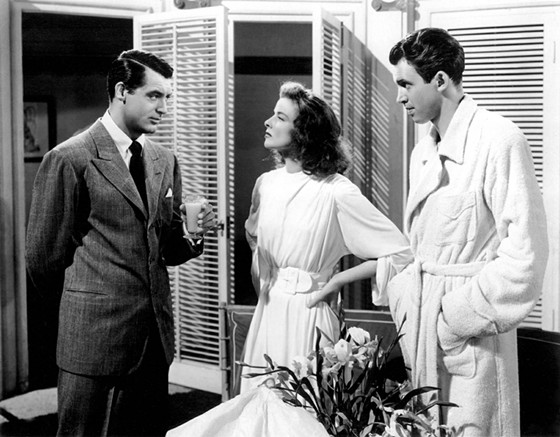
Number of Collaborations: 10
Most Known: “Holiday”, “The Philadelphia Story” & “Adam’s Rib”
George Cukor was one of the most versatile and solid directors in classic Hollywood; he’s the one who gave us essential films like “The Women,” “Holiday,” “My Fair Lady,” “A Star is Born” and “The Philadelphia Story,” and so many others. He quickly earned the reputation of being a director who could hoax mesmerizing performances from actresses and was known as a “woman’s director.” He had a fast-paced approach to films, with light satire and beautiful (sometimes long) shots.
The four-time Academy Award winner Katharine Hepburn was one of the most eccentric and genius actresses in classic Hollywood. Her class was charming and her strong talent and charisma were one of a kind; she paved her way into becoming one of the greatest actresses in Hollywood and maybe the greatest ever. It was Cukor who gave her first role in “A Bill of Divorcement” (1932). From this film, Cukor and Hepburn had a long-lasting friendship that gave birth to some of the greatest classical comedies such as “Holiday,” “The Philadelphia Story,” “Adam’s Rib,” “Sylvia Scarlett” and “Little Women,” and many others. Both Cukor and Hepburn brought out the best of each other; with Cukor’s romanticizing vision and Hepburn’s solid theatrical performances and limitless talent, the pair created their style and uniqueness to make light-hearted comedies that survived and will survive the test of time.
3. Tsai Ming-Liang – Lee Kang-sheng (1992 – 2020)
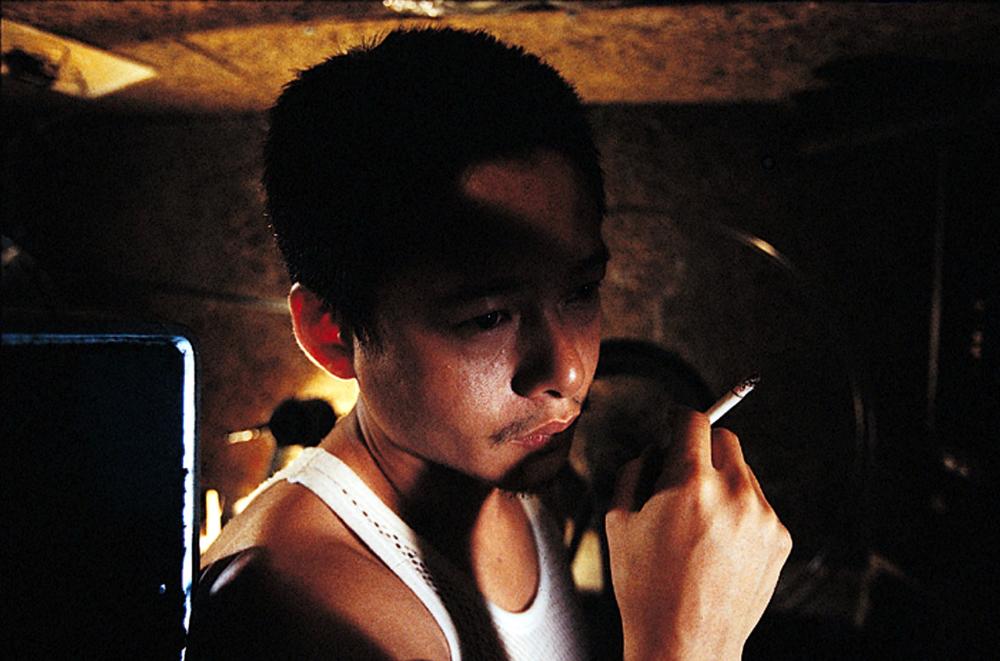
Number of Collaborations: 10 Feature films
Most Known: “Good Bye, Dragon Inn” “Vive L’Amour” & “Rebels of the Neon God”
For anyone familiar with the one and only Tsai Ming-Liang, one of the most celebrated “Second New Wave” film directors of Taiwanese cinema, then the face of Lee Kang-sheng is what defines the works of the great dictator. Tsai delivers sophisticated films that don’t play by the normal rules of narratives of mainstream cinema; he explores the unspoken feelings and desires of human nature. The state of loneliness and loss are one of the themes usually used in his work, for his vision sees what lies beneath the skins of the people.
Tsai rose to world cinema from his debut “Rebels of the Neon God,” and from there started a years-long collaboration between him and his favorite actor Lee Kang-sheng with 10 feature films and many short and segments films. Lee became the essential brand for the cinema of Tsai; this kind of meditative cinema that explores loneliness, boredom, existential dilemmas, and sexual desires had Lee representing all of those deep emotions with his mood and his beautiful acting with the sentimentality and the melancholic atmosphere Tsai created. This actor-director collaboration is more than a mere collaboration; it’s a rare state of spiritual merging that resulted in a great one-of-a-kind type of cinema that transcended the normal cinematic rules, romanticizing the melancholic emotions and desires, and exploring the human condition.
4. Steve McQueen – Michael Fassbender (2008 – 2013)
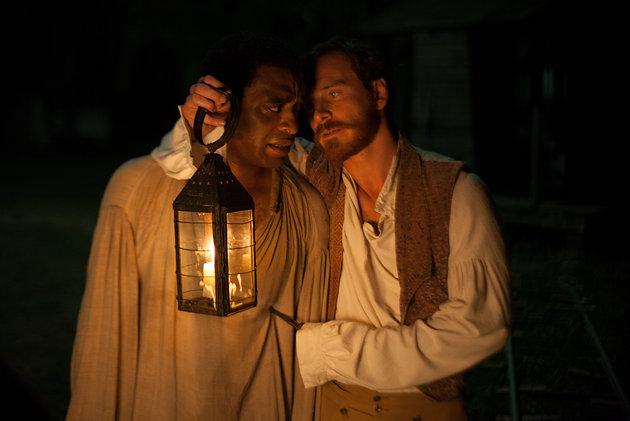
Number of Collaborations: 3
Most Known: “Shame” & “12 Years a Slave”
With only three films together, Steve McQueen and Michael Fassbender became a very important and significant pair. They tackled topics such as sex addiction, slavery, and hunger strikes, all topics that are not easy to watch as the focus of a film. Their collaboration started in 2008 with the film “Hunger,” telling a shocking real story of an Irish republican inmate named Bobby Sands who goes on a hunger strike. “Hunger” is strong and powerful; McQueen’s mark was so obvious and powerful with a dedicated methodological actor, and with a strong story about the inhumane prison conditions.
A few years later, the amazing pair made “Shame,” another bold and shocking film about a man and sex addict with mysterious past. The film is about sex yet it’s not sexy; it’s a painful character study of a person in a condition of agony and trauma. “Shame” layered so many themes that it’s deep and hard to look at, telling a story that not any actor-director can tell.
Then came “12 Years a Slave” that was the best in its year, according to the Academy. The film earned Fassbender his first Oscar nomination for playing the role of Edwin Epps, a psychotic American slave owner. Although his roles in both “Hunger” and “Shame” deserved Oscar nominations more than this role, this film was an absolute achievement; not only in the making and realization of this brutal yet beautiful film about freedom and slavery, but it was the first film directed by a black director to win Best Picture.
Steve McQueen and Michael Fassbender are a dynamic duo, with Fassbender giving his best and McQueen actualizing his ideas; it’s one of the collaborations that needs to be considered, as a dedicated team that gave nothing but the best of each other.
5. Howard Hawks – Cary Grant (1938 – 1952)
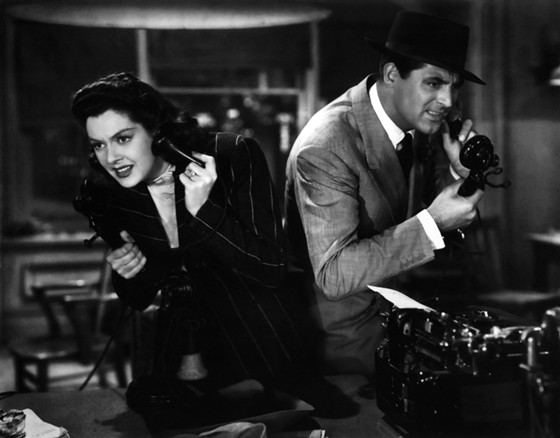
Number of Collaborations: 5
Most Known: “Only Angels Have Wings”, “His Girl Friday” & “Bringing Up Baby”
Howard Hawks is a director responsible for great classic films such as “Scarface,” “The Big Sleep,” “Bringing Up Baby” and “Rio Bravo,” to name a few. Cary Grant is one of the most versatile actors from the Golden Age of Hollywood, known for his works with Hitchcock and his lighthearted comedic acting. His collaborations with Hawks are often overlooked; it was Hawks who gave Grant the mold of physical comedy, using Grant’s suaveness and giving him goofy yet amazing roles, with only five films, four comedies and one drama.
Hawks created a new form of screwball comedies that suited Grant’s style, and that can be easily seen in the comedies he made with Hawks as opposed to the comedies he made with other directors. Hawks managed to elevate Grant to the peak of his comedic performances, giving him both physical elements to work with and light comedic dialogues. The set designs in Hawks’ films were always special, and the costumes and the jokes in his films seemed natural, so all of that was fertile ground for Grant to express his comedic side.
Also, one of the things that defines Hawks was his choice of the stories he wanted to tell and the way in which he tells it; whether it’s comedy or drama or western, he had an eye for choosing scripts and actors. The strongest example is “Bringing Up Baby,” starring Grant and Katharine Hepburn in very silly roles on paper. Yet Hawks doesn’t make them silly; he knew the line between silliness, absurdity, and fun, and he always experimented with pushing the actors to give the best of their comedic personality.
Not all directors would know how to direct a comedy film with an actual leopard roaming around called “baby” in the 1930s, yet Hawks made some of the greatest and – dare to say – craziest fast-paced comedies that revolutionized the genre. Cary Grant was one of these tools to realize his vision, as in “His Girl Friday,” “Bringing Up Baby” and “Monkey Business.”